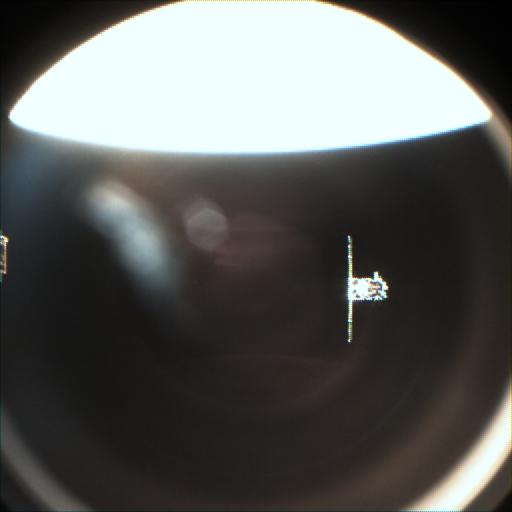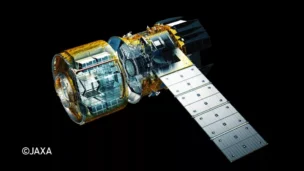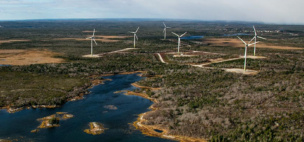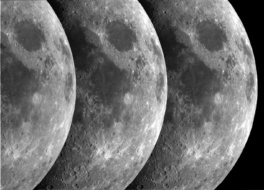India successfully docked two satellites in LEO last week, becoming just the fourth country to pull off the difficult tech feat.
The mission is a significant step towards India’s pursuit of its aggressive space goals, including servicing satellites, transferring Moon samples between spacecraft for return to Earth, and assembling its space station in orbit.
Handshake in the sky: The two satellites, Target and Chaser—each the size of a large refrigerator—linked up 290 miles above Earth after over a week of carefully choreographed maneuvering.
ISRO is controlling the duo as a single entity for a few days, after which they will undock and operate their respective payloads for at least two years, the agency said in a post on X.
Third time’s the charm: The rendezvous comes after ISRO postponed the attempt twice—first for extra simulation work on abort scenarios, and later because the satellites drifted too much while maneuvering for docking.
Aye, captain: India will pursue its ambitious space agenda with a new face at ISRO’s helm: rocket scientist V. Narayanan, who is best known for leading the agency’s investigation into the failure of the Chandrayaan-2 Moon landing mission. He took charge after S. Somanath’s tenure as the agency’s chairman ended Jan. 13.




